Dr. Thorne was a winner of the 2017 Noble Prize in physics, a winner of the 2016 Special Breakthrough Prize in Physics, the Albert Einstein Medal in 2009 from the Albert Einstein Society, and the Niels Bohr Medal in 2010 from UNESCO (among many other significant awards). He is the Caltech Feynman Professor of Theoretical Physics, emeritus.
You can read summaries of his life, his work, and his awards here, https://en.wikipedia.org/wiki/Kip_Thorne, and here, https://www.its.caltech.edu/~kip/index.html/ and here, https://www.ligo.caltech.edu/
Dr. Thorne is an elected member of the American Philosophical Society. https://en.wikipedia.org/wiki/American_Philosophical_Society
The word “philosophy” comes from the Greek words philos—loving, and Sophos—wise. Literally, then, the word means loving wisdom. In the Socratic dialogs collectively known as the Apologia, Plato recounts in the first-person the words of Socrates’ defense to the capital charges of impiety and corrupting the youth. Socrates famously begins his defense by claiming that he has no wisdom, that everything he knows comes from his rigorous examination of human and physical nature. It is in the Apologia that Socrates also famously said that “the unexamined life is not worth living.”
I cannot tell you who first expressed the idea that understanding the universe is essential to understanding life on earth. But I can say that I accept this principle as correct, and that I have read and continue to read books by Brian Greene, Neil deGrasse Tyson, and Alan Lightman among others in my continuing attempt to inform my own life and my fiction, believing that the best nonfiction is about facts while the best fiction is about truth.
It was with this background and set of beliefs that in 2008 I first read Black Holes and Time Warps: Einstein’s Outrageous Legacy. The book begins with a science fiction episode about interstellar travel and the experience of approaching and entering a black hole. There are those who would argue, perhaps Kip Thorne himself, that the final chapter of the book returns to science fiction with its discussion of wormholes and time travel. More precisely, when I discussed this issue with Dr. Thorne, he said that he thinks the answer to the question of whether time travel is theoretically possible is controlled by the laws of quantum gravity, which humans do not yet understand well. In laboratories the kind of exotic matter needed to hold open a wormhole has been created, however.
Although all fiction is composed of made-up facts, the best fiction relates truths, and in the genre of science fiction what can theoretically be true. Is it the goal of theoretical physics then to parse both fact and truth? I also ask, what kind of book begins with a science fiction story, from there delves into specific biographies, other historical events, and thought experiments, and halfway through the book the author surprisingly but elegantly becomes one of the characters, the book becoming part memoir? This is Black Holes and Time Warps; its genre is sui generis. The book is an achievement of literary invention that clarifies the greatest physical complexities: relativity and quantum mechanics.
Black Holes and Time Warps was published in 1994. In 2010 I asked Dr. Thorne if he planned to update the book. He said then that there while there had been significant advancements in the study of aspects of cosmology outside the scope of his book, there hadn’t been significant advancements in the study of black holes and warped spacetime to warrant an update. In hindsight, however, I speculate whether Dr. Thorne’s 2010 answer to my question about updating his book was incomplete. There had been theoretical advances in the study of black holes and warped spacetime, the stuff of science fiction, talk of building a LIGO platform in outer space, but at the time when we spoke about a possible update of Black Holes and Time Warps there had been no duplicable observations of physical phenomena to validate Dr. Thorne’s theories about black holes, warped spacetime, and gravitation.
That changed on September 14, 2015 when the recently upgraded LIGO facilities in Louisiana and Washington state recorded gravitational waves passing the earth. These gravity waves could only have been created by the collision of black holes. Black holes must exist before they can collide. This discovery, proof of the existence of gravity waves, validated Einstein’s prediction of their existence one hundred years earlier. Since then LIGO has detected other gravitational waves. In fact, on December 3, 2018 LIGO announced the observation of four new black hole mergers and further stated with confidence that ten stellar-mass binary black hole mergers and one merger of neutron stars have been detected. Such a statement on September 13, 2015 would have been the stuff of science fiction: humans detecting black holes and neutron stars colliding by observing and analyzing gravity waves.
I thus argue that Black Holes and Time Warps is more relevant today than it was when it was first published as facts—the existence of gravity waves—have been verifiably observed, turning what had been theoretical truths into scientifically accepted facts.
The American Institute of Physics— https://en.wikipedia.org/wiki/American_Institute_of_Physics— has honored Dr. Thorne with its Physics Science Writing Award in Physics and Astronomy. Black Holes and Time Warps, with a preface by Stephen Hawking, exemplifies why this award was well deserved. The book is written in plain but beautiful English in Dr. Thorne’s strong, easy to recognize voice. Like most great physics books written for the lay public, no understanding of math expressed in Greek letters is required to benefit from its explanations of the underpinnings of the universe. To accomplish this, within the text of Black Holes and Time Warps Dr. Thorne presents charts and diagrams, making these challenging subjects more understandable, making them more comprehensible, accessible to a mathematically challenged mind such as mine.
Within its pages, Black Holes and Time Warps introduces its readers to the lives and work of not only Einstein but of, among others, Stephen Hawking, Charles Misner, Niels Bohr and his student Werner Heisenberg, Subrahmanyan Chandrasekhar, Dr. Thorne’s mentor and thesis advisor at Princeton John Archibald Wheeler. Black Holes and Time Warps is a veritable who’s who of astrophysics. It is irrefutable that Kip Thorne deserves a place as a character in his book as he has been and is a major participant in the evolution of human understanding of the universe.
The research for this book was impressively extensive. Dr. Thorne taped interviews with 47 leading scientists, according to the appendices on pages 585-86 of his book. Much of Dr. Thorne’s research was in Russian, largely because when he was writing it, a significant portion of Einstein’s work written in German had been translated into Russian but not yet into English and Dr. Thorne’s research included many astrophysics papers written in Russian that had not yet been translated into English.
Making the subject matter of Black Holes and Time Warps accessible to a lay reader was no small feat for an astrophysical, biographical, historical explanation of relativity and quantum mechanics. Black Holes and Time Warps is one of the few books that the first time I read its last word, I immediately turned back to the beginning to read the book again.



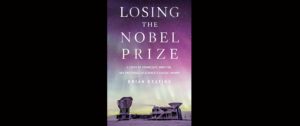




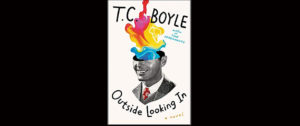

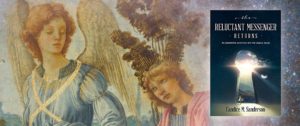
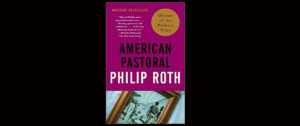

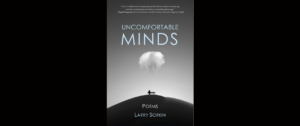






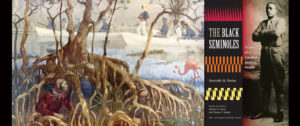
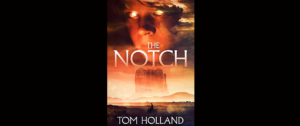



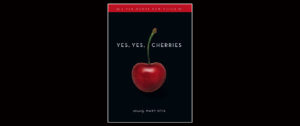


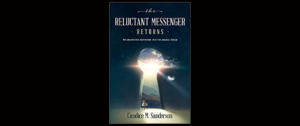


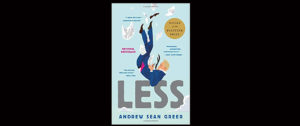










Thank you, James. Your review seems to follow in the footsteps of Dr. Thorne – backed by solid research and gives an astrophysics newbie hope that I’ll be able to understand a brilliant mind.